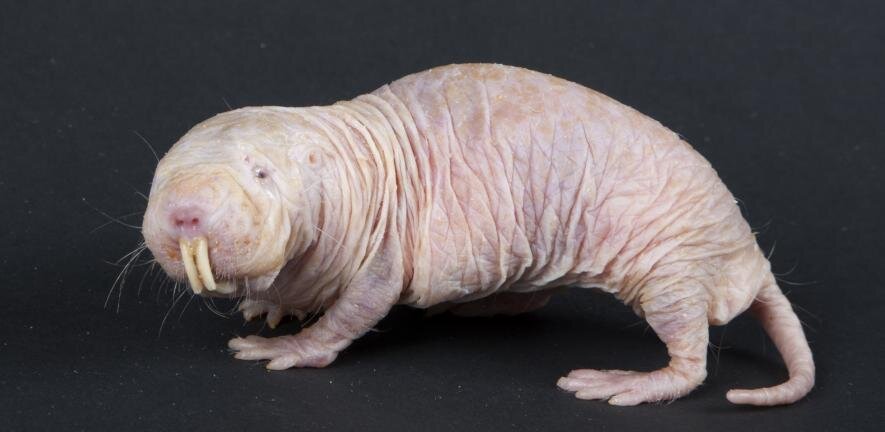Naked mole-rats, those peculiar subterranean mammals with an extraordinary lifespan, have long piqued the curiosity of scientists. Dwelling in the depths of underground tunnels, these creatures defy conventional norms of mammalian biology, exhibiting resilience to hypoxic environments and displaying a remarkable resistance to age-related diseases. Now, a groundbreaking study led by researchers at Queen Mary University of London sheds light on the genetic adaptations that underpin the naked mole-rat’s unique physiology, offering tantalizing clues for advancing medical research and potentially unlocking novel therapeutic approaches for humans.
The study, spearheaded by Dr. Dunja Aksentijevic and her team at the Faculty of Medicine and Dentistry, delved into the genome of the naked mole-rat to unravel the secrets of its unparalleled survival mechanisms. Published in Nature Communications, their research unveils the genetic signatures and cardiometabolic traits that endow these creatures with the ability to thrive in oxygen-deprived environments and safeguard their hearts against the ravages of cardiovascular events.
To unravel the mysteries of the naked mole-rat’s resilience, the researchers compared heart tissue samples from these fascinating creatures with those from other African mole-rat species and evolutionarily divergent mammals. What they discovered was nothing short of remarkable: the naked mole-rat exhibits a unique expression of genes in heart cells, governing energy generation from sugars, which confers upon them a metabolic profile unlike any other mammal studied.
In essence, the naked mole-rat’s heart boasts an extraordinary capacity to harness energy even under conditions of low oxygen, ensuring its survival in the harsh subterranean world where oxygen is scarce. This metabolic prowess not only enables the naked mole-rat to endure periods of blood occlusion but also shields its heart tissue from the detrimental effects of oxygen deprivation, thereby mitigating the risk of cardiac injury—a fate all too common in other mammalian species, including humans, during heart attacks.
Dr. Chris Faulkes, an evolutionary ecologist at Queen Mary and lead author of the study, emphasizes the significance of these findings in understanding the naked mole-rat’s longevity and health span. He posits that the creature’s unique cardiac adaptations, shaped by its hypoxic and social environment, play a pivotal role in its exceptional resilience to age-related ailments.
Dr. Aksentijevic further underscores the importance of their research in deciphering the metabolic and genetic mechanisms that afford the naked mole-rat unparalleled protection against heart injury—a feat that has eluded humans for centuries. By unraveling the intricacies of the naked mole-rat’s physiology, scientists are paving the way for groundbreaking advancements in medical science, offering new avenues for combating cardiovascular diseases and extending human lifespan.
Indeed, the naked mole-rat stands as a testament to the ingenuity of evolution, showcasing nature’s unparalleled ability to sculpt organisms with extraordinary adaptations. As scientists continue to peel back the layers of its genetic blueprint, the secrets of this enigmatic creature may hold the key to unlocking the mysteries of longevity and cardiometabolic resilience in humans—a quest that promises to redefine the boundaries of medical science and usher in a new era of preventive and personalized medicine.
